Home > Auctions > 5 - 9 December 2023
Ancient Art, Antiquities, Natural History & Coins
Auction Highlights:
From Gacko Formation, Gracanica, Bosnia and Herzegovina, Bosnia.
From an old Bristol, UK, collection.
From Verona, Italy.
Acquired 1950s-1960s.
From an old Bristol, UK, palaeontological collection.
Ex Harrods, London, UK.
From a Cambridgeshire, UK, collection.
From Cumberland, UK.
Collected in person in 1960.
From the private mineral collection of Stephen Atkinson, Harpenden, UK.
Accompanied by a copy of a letter from the vendor giving details of him collecting these minerals throughout his life.
From Primorskoje mine, Yantarnyi, Kaliningrad.
Property of an Essex gentleman.
Accompanied by an illustrated identification card.
From a Cambridgeshire, UK, collection.
From a North London, UK, collection, 1990s.
Dinosaur eggs are known from about 200 sites around the world, the majority in Asia and mostly in terrestrial (non-marine) rocks of the Cretaceous Period. It may be that thick calcite eggshells evolved during the Cretaceous (145 to 65 million years ago). Most dinosaur eggs have one of two forms of eggshell that are distinct from the shells of related modern animal groups, such as turtles or birds; however, some eggs closely resemble the type of shells seen in present day ostrich eggs.
From a Cambridgeshire, UK, collection.
From a Lincolnshire, UK, collection.
In southwest Wyoming (and parts of Colorado and Utah) in the Green River Formation are found some of the world's most outstanding specimens of fossil fish. The Green River system was composed of three lakes: Lake Ulinta, Lake Gosiute and Fossil Lake. These Eocene lakes lay in a series of intermountain basins formed by geological events that uplifted the Rocky Mountains during the early Tertiary time. The climate was much different from the desert-like climate of this area today. Both the fauna (crocodiles, alligators, boa constrictors and some subtropical fish families) and the flora (such as large palm trees) indicate a climate much like that found along the Gulf Coast today. Large amounts of ash found in the sediments indicate that volcanoes were particularly active at this time.
From Xingyi, Guizhou, China.
Acquired 1950s-1960s.
From an old Bristol, UK, palaeontological collection.
Keichousaurus was a late Triassic marine reptile, and a member of the Pleurosaur family, and went extinct 250 million years ago during the Triassic-Jurassic extinction event. They were specialised fish eaters, and were highly unusual amongst marine reptiles in that they gave birth to live young rather than laying eggs.
From the private collection of a London gentleman.
The cave hyena is also known as the Ice Age spotted hyena, a paleosubspecies of spotted hyena in Eurasia. It was a highly specialised mammal that preyed on large mammals such as the woolly rhino and steppe bison.
277 - 288 of 2409 LOTS

.jpg)


.jpg)

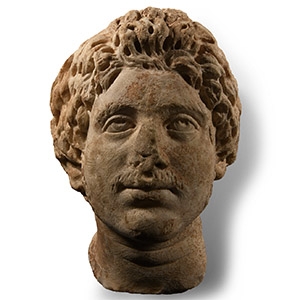
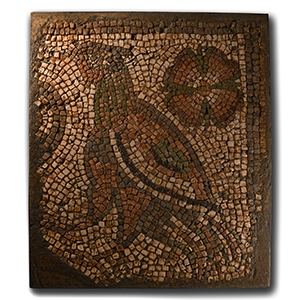
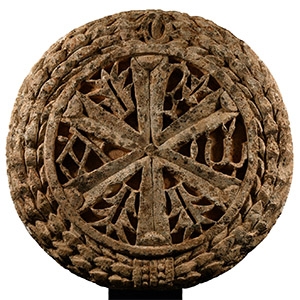


.jpg)


.jpg)
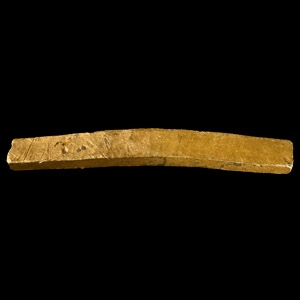
.jpg)
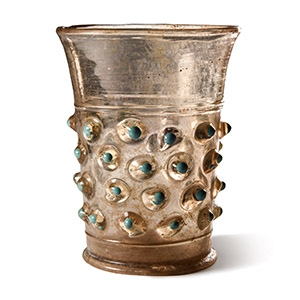

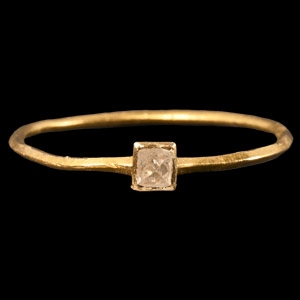

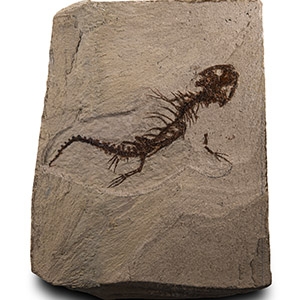
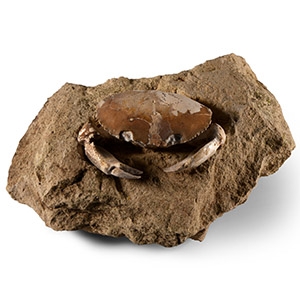
.jpg)



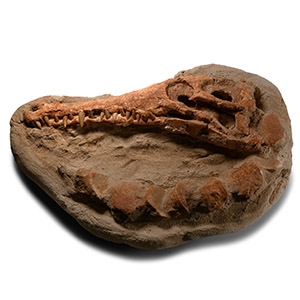
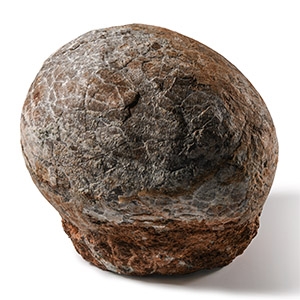
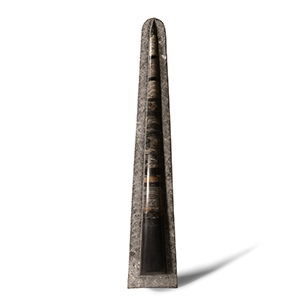
.jpg)
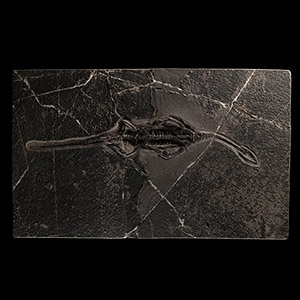
.jpg)



